Top 10 Things To Look for in a Trail Riding Saddle
Share
Trail riding offers a unique blend of adventure and serenity, but to truly enjoy those long treks, you need the right saddle. A good trail riding saddle not only ensures your comfort but also your horse's well-being. Here’s a guide to the top 10 things you should look for when choosing a saddle for your trail rides.
1. Comfort for Both Horse and Rider
For the Horse: Ensure the saddle has a well-padded, contoured panel that fits the shape of your horse’s back. The saddle should distribute your weight evenly to avoid pressure points and discomfort. A gullet that provides adequate clearance for your horse’s spine is crucial for avoiding soreness.
For the Rider: Look for a saddle with a well-cushioned seat and ergonomic design. A deep seat can provide more security, while a wider seat can be more comfortable for longer rides. Test the saddle to ensure it fits your body shape and riding style.
2. Durability
Trail riding can be tough on equipment. Choose a saddle made from high-quality materials like full-grain leather or durable synthetic fabrics. Reinforced stitching and robust hardware (like buckles and stirrups) will stand up to the rigors of frequent use and exposure to the elements.
3. Weight
When you’re out on the trail for hours, a heavy saddle can become a burden. Look for a saddle that balances durability with lightweight construction. Synthetic materials often provide a good compromise, being both lighter and less expensive than leather.
4. Adjustability
A saddle that allows for adjustments in the girth, stirrups, and other fittings can accommodate different horses and rider preferences. Look for adjustable stirrup leathers and girth straps to customize the fit. An adjustable tree can also help in achieving a better fit for different horses.
5. Storage and Features
Trail riding often means carrying gear. Saddles with built-in features like saddle bags, tool compartments, or attachable pommel bags can be extremely useful. Ensure these features are securely fastened and won’t interfere with your riding.
6. Tree Type
The tree is the skeleton of the saddle and its fit is crucial. Trail riding saddles often come with a regular or semi-quarter horse tree. Ensure the tree type matches your horse’s conformation. A saddle fitter can help you determine the best tree shape and size for your horse.
7. Stirrup Position
Adjustable stirrups and proper placement can make a huge difference in comfort during long rides. Look for saddles with stirrup bars that are set in a position that helps with proper leg placement. This can reduce fatigue and prevent leg cramps.
8. Flexibility and Movement
The saddle should allow your horse to move freely and comfortably. Look for saddles with flexible panels or a tree that conforms to your horse’s movements. This flexibility can prevent the saddle from rubbing or pinching.
9. Fit and Alignment
A proper fit is essential. Ensure the saddle aligns with your horse’s shoulders, back, and hips. It should sit level on your horse’s back without tilting forward or backward. Consider having a professional saddle fitter assess the fit to avoid any issues.
10. Style and Aesthetics
While functionality is crucial, you also want a saddle that suits your style and preferences. Whether you prefer a classic leather look or a modern synthetic design, choose a saddle that you find visually appealing. After all, a saddle that you enjoy using will make your trail rides more enjoyable.
Conclusion
Choosing the right saddle for trail riding is an investment in both your comfort and your horse’s well-being. By considering factors like comfort, durability, adjustability, and fit, you can find a saddle that enhances your trail riding experience. Take your time to test different options and consult with professionals if needed. Happy trails!



